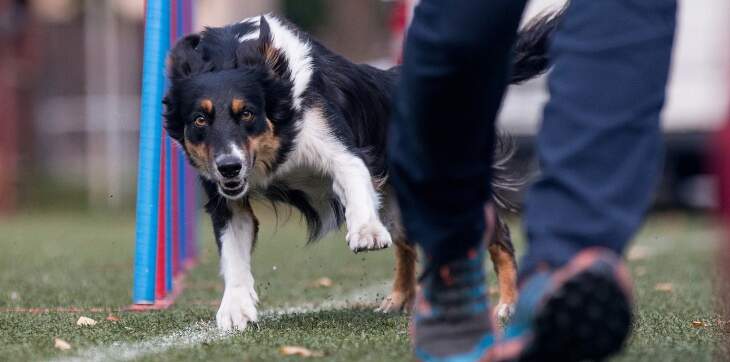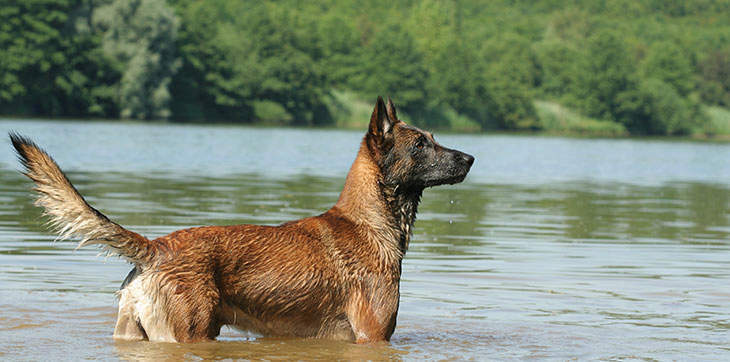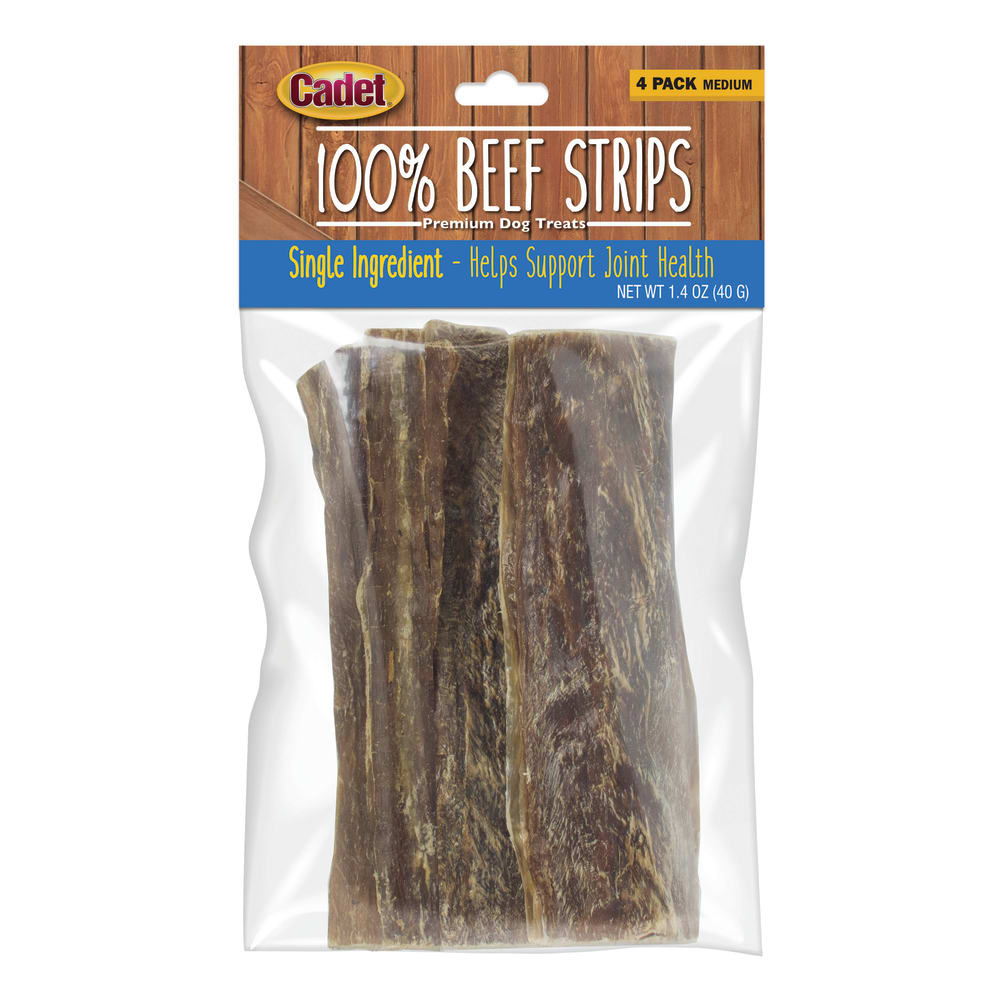How to Stop Dog Begging in 3 Simple Steps
You’re sitting down to a steak dinner fresh off the grill. Suddenly, your dog is next to you with wide eyes and a hopeful tail wag. With over 300 million scent receptors in their nose, your dog's interest in your beef is certainly piqued by the smell!
While it can be tempting to share a bite, feeding your dog from the table encourages persistent begging—and can lead to bigger problems. So, how do you get your dog to stop begging?
To stop a dog from begging for food, try these three steps: separate them during meals, ignore begging behavior, and redirect their attention with a toy or natural chew. With consistency and patience, you can train your dog not to beg.
Why Do Dogs Beg for Food?
Many dog habits can be traced back to their wolf ancestors, and begging is no different. For these wild animals, scavenging was key to their survival and may have even played a key role in how dogs were first domesticated! Early dogs learned that hanging around humans often meant access to food, and over generations, this instinct was reinforced.
Over time, dogs became so accustomed to eating scraps from humans that their digestive systems adapted. Instead of relying solely on meat, dogs evolved the ability to break down ingredients like starch—making foods such as rice and other grains easier for them to digest.
Although many dogs still act on their ancestral scavenger drive, dog begging isn’t just instinctual—it’s also behavioral. If you’ve ever slipped your dog a piece of chicken during dinner, you’ve unintentionally reinforced the idea that begging works. Some dogs also beg out of boredom or a desire for attention, not necessarily hunger.

Risks of Feeding Dogs from the Table
You might not mind your dog hovering near the table, but this behavior (and feeding them scraps) can lead to more serious problems.
- Digestive issues: Many human foods are too rich or unfamiliar for a dog’s digestive system and can lead to stomach upset.
- Toxic ingredients: Some common foods—like onions, grapes, and garlic—are dangerous or even considered toxic foods for dogs.
- Weight gain: Feeding scraps, especially fatty or processed foods, can contribute to unhealthy weight gain or obesity.
- Reinforced bad behavior: Giving in to begging teaches your dog to keep trying. It can also lead to barking, whining, pawing, or even resource guarding if your dog becomes possessive over scraps.
- Mealtime stress: Guests or family members may find the behavior uncomfortable or annoying.
How to Stop a Dog from Begging for Food: 3 Steps
To train your dog not to beg, try this simple approach of setting boundaries and keeping them distracted:
Step #1: Separate Your Dog During Meals
One of the most effective ways to prevent dog begging is to remove the opportunity entirely. Set a clear boundary by keeping your dog in a crate or in a separate room while you eat.
Step #2: Ignore Your Dog’s Begging
Whether your dog is whining for food nearby or barking from their crate, it’s best to ignore these begging behaviors. Giving them food or attention when they beg only teaches them that persistence pays off. With consistent training, your dog will stop associating begging with rewards.
Step #3: Redirect Their Attention
Give your dog something else to focus on while you enjoy your meal, like their own meal, some dog-friendly human foods, or a long-lasting chew made with natural, limited ingredients. They are more likely to be appeased by something that’s providing immediate value rather than lingering in hopes of a handout. Plus, these options are healthier for your dog and will keep them occupied for longer than table scraps will!
Mind Your Mealtime Manners
Teaching your dog not to beg is just like any other type of obedience training: it takes patience, repetition, and consistency. By understanding their instincts and redirecting this behavior into healthier routines, you’ll both enjoy a more peaceful, balanced mealtime together.
FAQs About Dog Begging
Why do dogs beg?
Dogs beg because of survival instincts inherited from their wolf ancestors. Early dogs learned they could scavenge for scraps of food near human settlements, and over time, this behavior was reinforced. This drive to seek out human food even played a role in their domestication!
What does dog begging look like?
Dog begging is any attention-seeking behavior with the purpose of getting food from you. They may make noises like whining, crying, or barking. They may paw at you or jump. If you’ve taught your dog tricks, they may perform some in the hopes of getting a reward.
Is it bad to let my dog beg for food?
Yes. While it may seem harmless, feeding your dog from the table encourages unhealthy behavior and can lead to digestive issues, weight gain, or even resource guarding.
Should you ignore a begging dog?
Yes, giving in to your dog’s begging will only reinforce the bad behavior. Staying patient and consistent is key to getting your dog to stop begging.
How do you train your dog not to beg for food?
Keep your dog in a separate space during meals, ignore their begging behaviors, and redirect their attention with a long-lasting chew or a toy.








